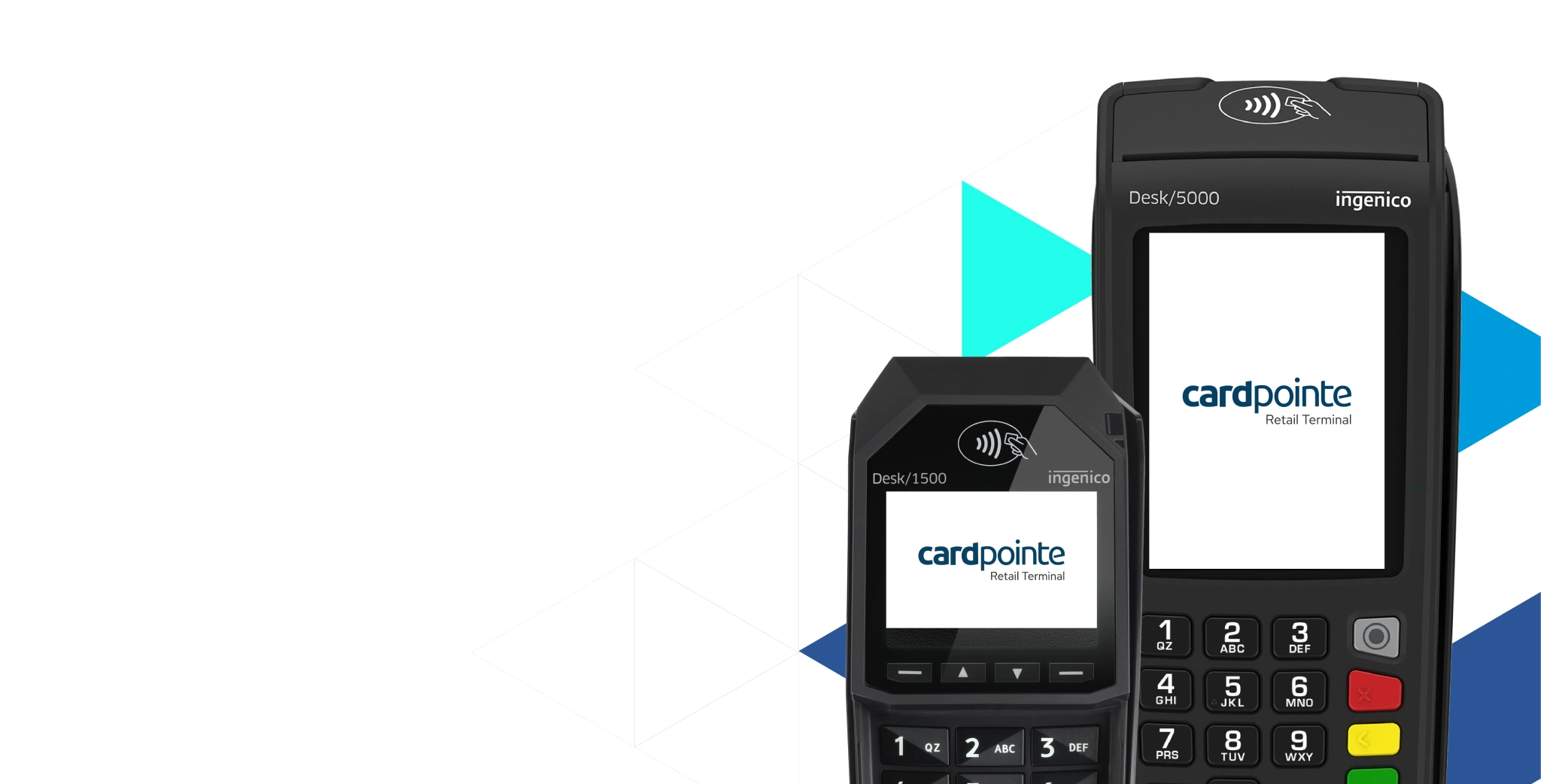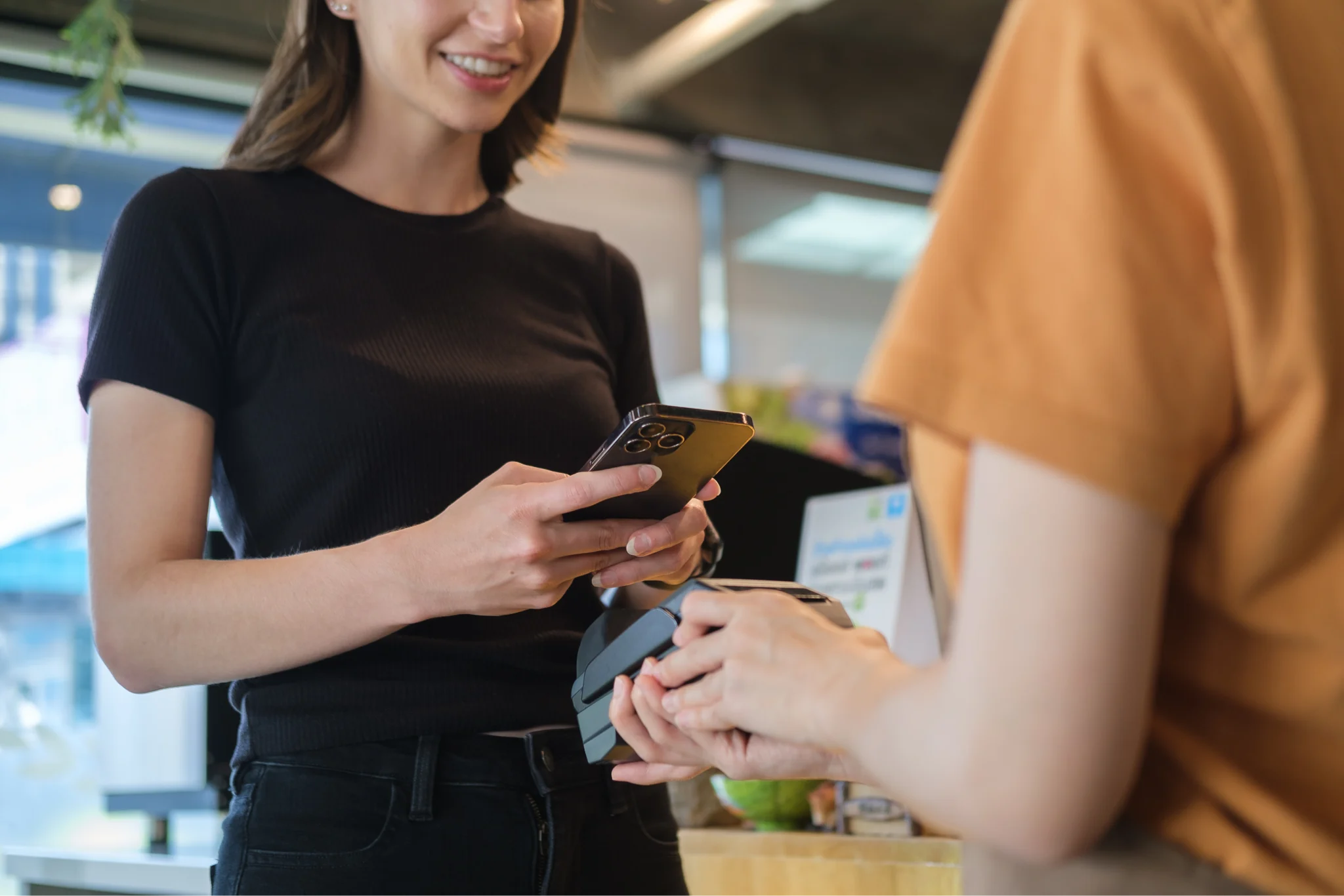- Interchange Rates
- PCI Compliance
- Point-to-Point Encryption
Optimize interchange rates.
We aggressively optimize the interchange rates of every transaction and provide a detailed breakdown of each within a business’s monthly statements. Businesses can even view every transaction right within their CardPointe account and pull reports in real-time.
More benefits to love:
-
No Hidden Fees: Never face hidden fees when using our card payment machines. With competitive and transparent pricing, you get to keep more of every incoming sale — without any surprises, surcharges, or penalties.
- 24/7 Support: For any credit card machine or account issue, our support team is always here to help. Whether you need to dispute a chargeback, troubleshoot a technical issue, or monitor suspicious activity, our world-class customer support is available 24/7.
- Surcharge Program: Helps businesses offset expenses by including a percentage fee at checkout (that's paid by the end consumer) on eligible Visa, Mastercard, Discover, and American Express Opt Blue credit card transactions.
Got questions? We got answers.
Contact Us
Your success in payments starts here! Please select your partnership type below so we can connect.


